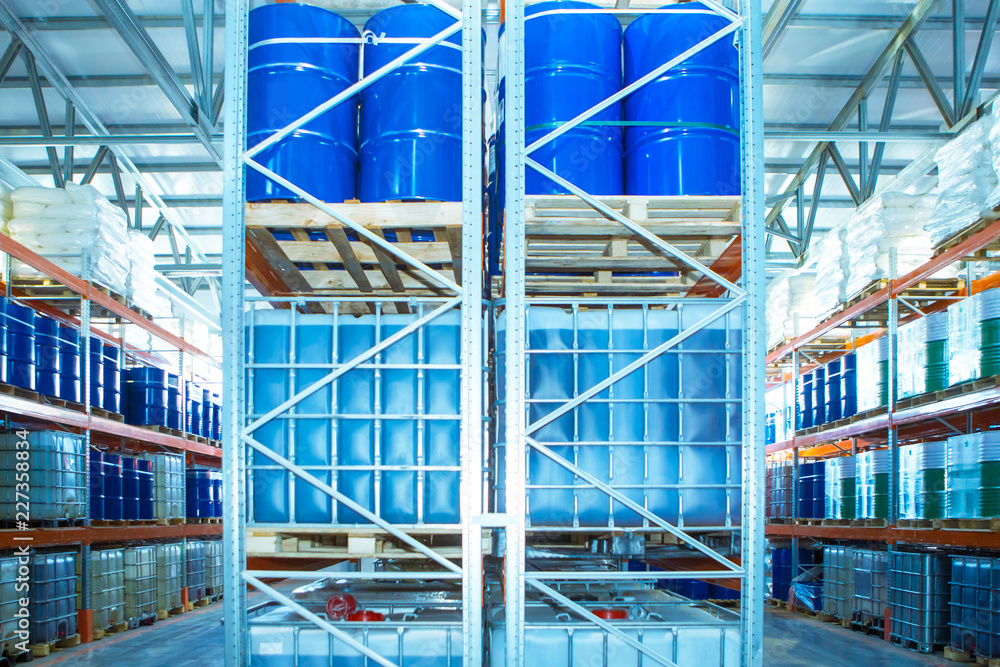According to specific regulatory requirements covered by transportation legislation and work health and safety (WHS) legislation, hazardous chemicals must be stored and transported with caution. Both employers and employees are accountable for the safe storage and transportation of chemicals, so transporte de productos químicos both need to be aware of these legal requirements.
Preserving dangerous chemicals
Hazardous chemicals can cause contamination, fires, spills, gas releases, and toxic exposures if they are not stored properly. The safety data sheet for any hazardous material contains instructions for storage (SDS). The products must be kept in a location with the necessary risk control precautions. While the SDS will provide information on how to store the product safely, specifics on the organization, creation, and maintenance of an appropriate storage system are available in pertinent standards.
Safely storing dangerous chemicals
The following are just a few general guidelines for the secure storage of dangerous chemicals:
- Preventing reactive chemicals from interacting by separating incompatible materials, controlling potential ignition sources around flammable materials, and installing storage and handling systems (such as racking systems, tanks) in a safe manner.
- Be ready to contain spills and have cleanup systems in place, and have emergency plans in place to handle a situation involving hazardous chemicals.
- Possess and properly store the necessary personal protective equipment (PPE) (e.g. respirators sealed)
- Provide easily accessible firefighting equipment and safeguard chemicals from unauthorized access.

Carrying dangerous chemicals
Many chemicals, especially those with severe physical hazards, are both dangerous goods and hazardous chemicals under the WHS regulations. The dangerous goods code gives all states and territories the details they need to know about transporting dangerous goods and chemicals.
How should hazardous substances be stored?
The safe storage of hazardous chemicals can be accomplished in a number of ways or best practises. Ensure that storage and handling systems are constructed, placed, and used in a safe manner (e.g., tanks). Separate incompatible substances to prevent reactive chemicals from interacting . Maintain the proper labels and placards for safety signage. Every bulk packaging, freight container, unit load device, transport vehicle, and rail car that contains any quantity of a hazardous material must be placarded with the appropriate placard for the hazardous materials class of hazard. Additionally, each must adhere to placement and design guidelines.
Be ready to contain spills and have cleanup systems in place.
Prepare an emergency strategy to handle a situation involving dangerous chemicals. Wear the necessary personal protection gear (PPE). Have fire-fighting supplies nearby for quick access. Keep chemicals away from unauthorized people. Use a high-performance coating to shield storage tanks.





